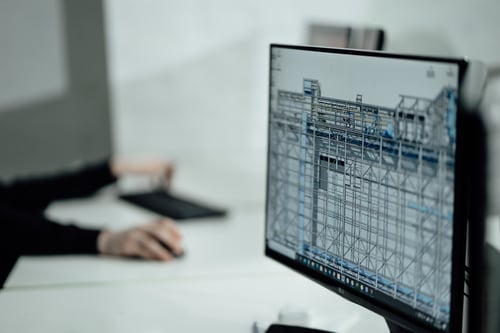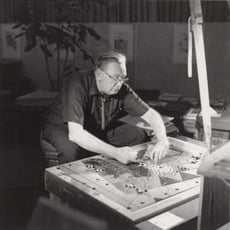Preconstruction Benefits of Collaborating with the Design Team
One of the biggest frictions for any construction project is the relationship between the design side of the project and the building side. It is the classic oil and water situation. “Architects don’t care about the cost” vs. “the builder is trying to cut corners to save a penny.” We hear it a lot within the preconstruction community.

Here is the surprising piece of this puzzle: both sides WANT to work together and get BETTER. The finger-pointing doesn’t last long when the big picture of improving the industry is on the horizon. Therefore, we visited with architect Jon Mindrup, Principal at The Beck Group who manages the Dallas office architecture financial operations, to get his input on the benefits of preconstruction collaborating with the design team.
Q. What is the benefit of the design team working with the preconstruction team?
A. Architects have a general understanding of costs, but having a comprehensive understanding of costs actually improves our ability to design. I think that creativity works within constraints, rather than being limited by them, and knowing those cost constraints allow designers to be creative with the use of materials and approaches.
On the River South project, we took 2 difficult constraints: the need for substantial water retention, and the need for covered parking, and actually arrived at a solution that increased below-ground parking, while also reducing costs. We did that by utilizing a strategy to combine our water retention design with our parking design, an approach we would have never come up with without having a preconstruction/design approach.
Q: How do you ensure everyone is on the same page and focused on the same project goals?
A: I think we all need to have our cards out on the table in terms of how each stakeholder defines project success. As designers, we need to be upfront and open about the design goals of the project, and what the important components are that help us achieve those goals. And we also have to prioritize the key elements so that we know what is absolutely necessary for a successful project, versus what would be ideal, versus what would be nice if the budget allows for it. Otherwise, the incentive is to order priorities in reverse by cost delta from the proposed substitute product, which almost never is acceptable to the architect or owner.
Q: What advice would you give to a preconstruction team to help improve communication among project team members?
A: I would encourage a preconstruction team to be proactive in offering ideas and solutions. I think the process works best when it is collaborative rather than just reactive. If a cost engineer is just reacting to design decisions with data, it’s still a very one-sided process. Some of the best experiences I have had working with preconstruction teams is when they are in the room while we are discussing goals, and they are offering ideas and solutions along with everyone else. They won’t always have the answer that we are looking for, but they are contributing to the process and affecting the design process for the better.
Q: How do you build trust with the preconstruction team?
A: I think we build trust mutually by being open about what is important to us, and by doing what we say we are going to do. If an architect is saying one thing, and then sneaking in single-sourced items into the specification, or drawing something other than what is decided that would kill any trust of that partner. Similarly, if a preconstruction team was holding a secret contingency that caused the job to be bought out significantly lower than the estimate, that would also seriously erode trust with the architect.
Q: Any other advice/words of wisdom you want to share?
A: I think the more we can all understand the drivers and pain points of other partners in the design and construction process, the better we will all be at collaborating and working well together. Our job is hard enough to deliver unique, creative, and well-executed designs and buildings without having to fight with each other throughout the process. I also think we need to all be willing to look for the “right” answer, rather than the answer that benefits our particular company the best. In the end, if the customer is happy, we all stand to benefit more from a prolonged and lasting relationship over multiple projects rather than a win-at-all-costs approach to the one we are currently on.
Collaboration is good business…for everyone involved in a construction project. Project owners get a better project experience, architects see their ideas come to life, and builders create an efficient and well-thought-out structure. Collaboration also teaches lessons that we all can take to our next project. Alignment between the “oil” and “water” teams is possible with a healthy approach to building trust and being upfront about goals. The designers and builders that figure out how to work together are also the ones that will keep winning work because they can communicate effectively as a unified project team.

-1.png?width=112&height=112&name=image%20(4)-1.png)















